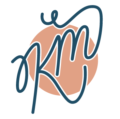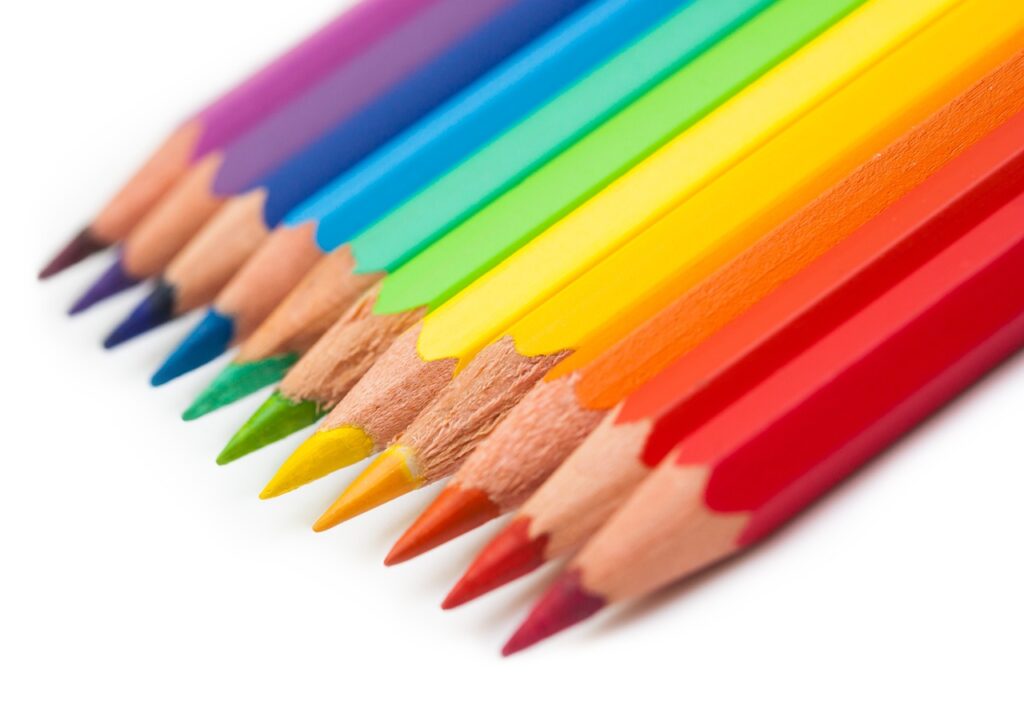In this three-part series we will explore differentiating instruction (content, process and product) for on-target learners. This part offers suggestions for creating a learning environment that helps on-target learners thrive, then we offer suggestions for content differentiation.
On-target learners are those students who grasp concepts quickly and demonstrate a strong understanding of the material. They thrive in a traditional classroom setting and typically teachers don’t have to ‘worry about’ their classroom behavior either. These are the students who ‘do OK in school’, but they don’t shine, and they may even fall off the teacher’s radar! They are certainly not the ones that a teacher would normally differentiate their instruction!
Learning Environment: Think ‘elevate to thrive’
On-target learners are the ones who need just a bit of encouragement and they would excel academically. They are waiting for someone to signal that they are unique and special, and they can reach their highest potential (Tomlinson, 2017). So how can we create a learning environment that fosters their growth?
Think ‘elevate to thrive’! This phrase implies the intentional and strategic efforts teachers can make to enhance the learning environment and support systems to propel on-target students to a higher level of success and achievement. Here are some tips from Tomlinson (2017):
- Teach with a growth mindset and ensure that you are praising their work effort and guiding them to realize that they have many exciting and fulfilling choices ahead of them. (Tomlinson, 2017).
- Teach productive work habits, such as goal-setting and planning to foster self-direction
- Teach habits of mind, such as growth mindset, perseverance, and perspective-taking
- Teach up by awakening their interests to community issues and engaging them in critical and creative thinking to solve problems.
Maximizing Potential through Content Variety
When differentiating content, start by considering student readiness, interest, and learning preference. Allowing students to engage with content in ways that resonate with them the most will make their learning more enjoyable. And also motivate them since they feel a sense of initiative and ownership.
Content differentiation can happen in two ways.
- Adapting what we teach or what we want students to learn.
- Adapting how we want students to access what we teach or what we want them to learn. (Tomlinson, 2017).
Tomlinson (2107) offers these easy-to-implement strategies for content differentiation for on-target learners:
- Using varied text and resource materials (magazines, books, ‘old’ textbooks, brochures, other print materials)
- Presenting in different modes (pictures, graphs, stories, artwork, body language, movement)
- Providing tiered-assignments that vary in complexity
- Providing varied support systems (apps, websites, reading partners, audio/video recording, peer/adult mentors)
- Reading partners (across grade levels)
- Note-taking organizers (T-chart, Venn diagram, flow chart, etc.) Click here for more.
- Highlighted print materials
- One-pagers or digests of key ideas
By incorporating these strategies into daily teaching practices, educators can make content differentiation an integral and easily manageable aspect of their classrooms, ensuring that each on-target student has the opportunity to thrive.
Stay tuned for Part 2 on process differentiation!
Reference:
Tomlinson, C. A. (2017). How to Differentiate Instruction in Academically Diverse Classrooms (3rd ed.). Association of Supervision and Curriculum Development (ASCD).
Engage KM Educational Consulting for your professional development and instructional coaching needs!
Let us plan your professional development for one year or more to help you meet your school’s academic goal! We will custom-design your faculty workshops to engage and inspire teachers with innovative approaches and practical resources. We will coach individual teachers on instructional methods and technology integration to enhance student engagement.

